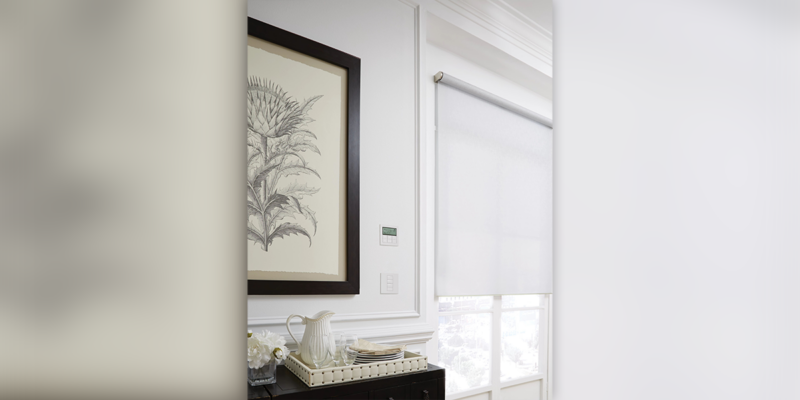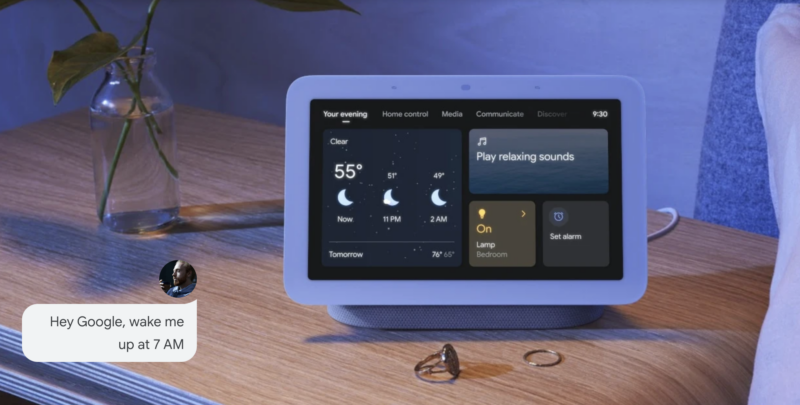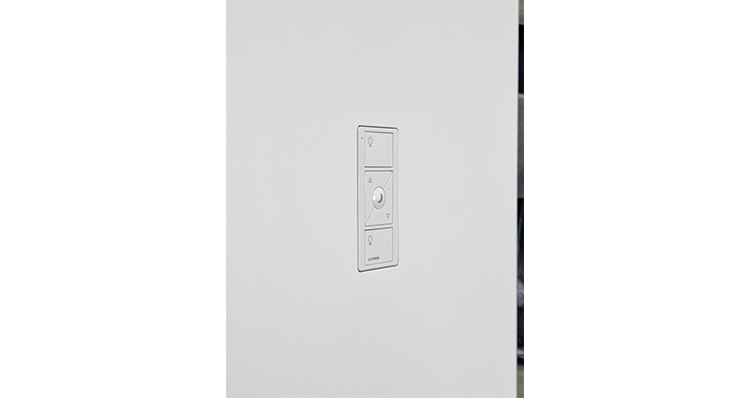Lighting Control and Automation — A Boon for AV Pros
 When people think of automation, they tend to still think in terms of AV control: TV on, volume up, channel selected, etc. Oddly, despite the fact that control of shades and lighting is, in my opinion, the essence of automation, it remains semi-forgotten.
When people think of automation, they tend to still think in terms of AV control: TV on, volume up, channel selected, etc. Oddly, despite the fact that control of shades and lighting is, in my opinion, the essence of automation, it remains semi-forgotten.
It’s probably a disservice to say that. Plenty of vendors have offered lighting and shade control for a long time. Lutron, for example, invented the dimmer switch in the 1960s, and today continues to be a big player in lighting control.
What I mean by “semi-forgotten” is that, despite a variety of technology solutions from a broad assortment of vendors even now, halfway into the second decade of the 21st century light control (a name that incorporates control of both shades and lights) aren’t installed in nearly enough residential and commercial projects.
AV pros can’t even hide behind the excuse that it’s priced out of reach for all but the one percenters. While I’ll concede that motorized shades remain pricey due to their custom nature, the fact that the shelves at Home Depot are stocked with controllable light fixtures and electrical receptacles indicates that light control is a category that is not cost-prohibitive.
It seems obvious that if a category is within reach of the DIY crowd, there’s no good reason for AV Pros to avoid it.
So how do you sell it? The same way you sell anything: People don’t buy features; they buy benefits.
Light control offers several benefits to end-users. First is convenience. Single button control of entire rooms, sections of the home or the entire home makes life a lot simpler, especially in large residences.
Second, energy management gets used as a carrot to promote light control, although I think that there are more appealing hooks. Regardless, integration of light control and HVAC offers energy savings. Two of the ways this is accomplished include heating a home by allowing in more natural light as well as cooling it by using shades to reduce natural light, both of which reduce reliance on the HVAC.
For end users who are interested in style and aesthetics (including business owners), light control is an easy sell. Lutron advises their integrators to “lead with lights” when pitching to designers and architects. Fine tuning lighting and shades adds elegance and ambience to a space. It’s also the reason why some designers, including a couple of my friends, specialize in lighting interior spaces: The potential for either subdued or strikingly dramatic effects with light and shadow have as much of an impact as paint and furnishings.
Shading is equally important: Architects and designers want their structure to look sheathed, so every window has a consistent look when viewed from outside.
 It’s entirely typical that in high-rise condo construction the builder mandates the window coverings to the condo unit buyers. Contrast the look of a high-rise condo to a rental apartment building with all different window coverings and you’ll visualize what I mean. File that tidbit away for your next meeting with a luxury MDU developer.
It’s entirely typical that in high-rise condo construction the builder mandates the window coverings to the condo unit buyers. Contrast the look of a high-rise condo to a rental apartment building with all different window coverings and you’ll visualize what I mean. File that tidbit away for your next meeting with a luxury MDU developer.
Lastly, there’s the impact of light control on security. It’s standard procedure for integrators to tie in light control to an alarm system and program it so that during an event suck as an intrusion or smoke and fire, all the lights in the house can be locked on for either safe exit, or to give an intruder nowhere to hide. In the event of intrusion, all the window coverings can retract, again, to make concealment difficult, as well as have all the exterior lights strobe to attract attention and let neighbors know something is wrong.
What’s really important for AV dealers to grasp is when they’re talking about light control they’re going after a different budget of the project. The money for lights and shades is going to be allocated and it’s going to be spent. It’s the AV pros job to successfully pitch the client so that the money gets spent with them.
How to Sell Lighting Control
It’s important to identify which benefits are the hot-buttons for your clients. For many, décor conscious keypads and interfaces and being able to reduce wall clutter from a six-gang box of switches to a single keypad or touch panel may do the trick. Cosmetically appealing switches, keypads and bezels appeal to designers and their clients who want to benefit from technology without looking at it.
 Aesthetically, light control can really change the atmosphere of the home by changing the light levels, and rather than adjust each light manually programmed scene setting lets them do it all from one button.
Aesthetically, light control can really change the atmosphere of the home by changing the light levels, and rather than adjust each light manually programmed scene setting lets them do it all from one button.
Then there’s energy conservation features like occupancy sensing: By detecting when bodies are not in areas, the system can make sure those lights are not on. Additionally, light control can provide added safety. Having the path from the garage through the back hall come on when a client comes home at night, or to light the way down the stairs is a big plus.
One small feature I often found appealing to clients is to program the system to turn the bathroom lights on in the middle of the night to only 10 percent to not blind them when they get up to use the toilet.
Of lights and shades lighting is the more intuitive, easily understood discipline for AV pros: They’re just more boxes with wires going into them, like any other device.
Window coverings, on the other hand, are a whole new discipline and a whole new array of terminology and principles that need to be mastered.
The good news: Like most things, it’s not as complicated as it first appears. If you can master multi-room HDMI distribution you can master window coverings.
That said, tacking window coverings requires a commitment to training. Dealers need to know how to measure, how to specify fabrics, and converse with clients and designers using fashion terminology.
One big question that AV pros have is whether or not getting involved in shade control puts them into competition with designers and drapery dealers. Is this going to be a problem?
Typically, it’s the opposite. Savvy AV pros find they can win over those groups. Designers who specify window covering products often don’t grasp the potential of motorization. Once an AV pro gets together with the designer and educates them on the benefits, the two can work together.
From your showroom do wine and cheese/lunch and learn sessions, reaching out to designers, educate them to the possibilities of light control, and build relationships with the design community. You’ll find that designers would love one button control and not have to run all over the house adjusting lighting levels, and you’re the key to that.
Further good news is that all the major automation vendors who offer light control products, such as Lutron and Crestron have comprehensive training and certification programs to help their AV pros tackle this category. Reach out to your vendor for access to their training and you’ll be halfway there.
Images via Lutron





